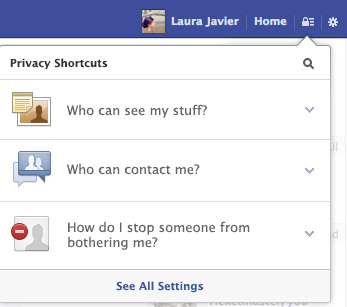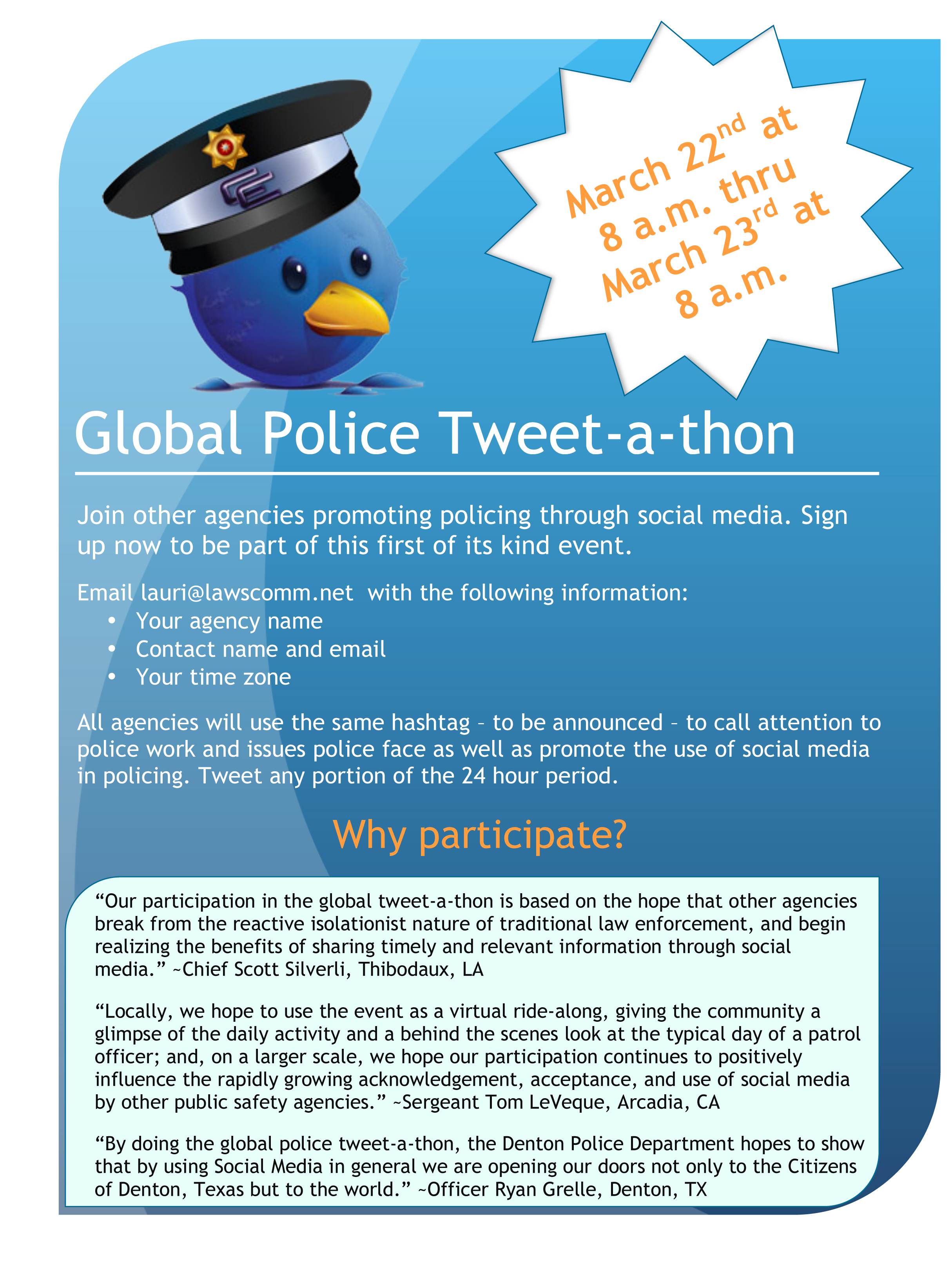Leaders reading blogs, websites, and other public social media venues, can gain the needed edge
 Negativity is a growing concern in the workplace. Many stressors in create concerns for management. The economy created a need to downsize companies, lay off employees, cut incentive packages, defer raises, and increase workloads for employees. These stressors created a concern for employee mental health, workplace violence, and negative attitudes. Negativity decreases employee performance, increases safety concerns, and costs the company in productivity.
Negativity is a growing concern in the workplace. Many stressors in create concerns for management. The economy created a need to downsize companies, lay off employees, cut incentive packages, defer raises, and increase workloads for employees. These stressors created a concern for employee mental health, workplace violence, and negative attitudes. Negativity decreases employee performance, increases safety concerns, and costs the company in productivity.
The first step is to have a leader who is willing to identify and address this issue head on. A proactive leader stays in touch with line personnel and recognizes the early warning signs of negativity. Many times, we find that negativity is the result of a managerial decision, gossip, rumors, or even one bad apple in the workplace. Leaders must demonstrate a genuine concern for the employees wants and needs. Engagement at all levels to create a culture of caring within the workplace is important.
Social media is a marketing and branding tool for many departments. Many departments find social media plays an important part in preventing negativity within your agency. The key to progressively managing your image is paying attention to what your employees post in the social media arena. Proactive agencies create blogs and social media accounts to publish positive aspects of the company and employees. Reading blogs, personal webpages, profession related sites, and other social media venues can give the employer an edge in battling negativity. Internal feedback gained from suggestions, surveys, employee feedback in appraisals, and employee meetings is very beneficial. Utilizing employee feedback tools, like the 90 Degree North Model developed by LeadershipRVA, gives leaders information to facilitate change. This feedback is very specific on how well you as a leader is leading. This information will help you learn to identify the symptoms of negativity before its morale-busting consequences damage your workplace. It will also assist you in preventing and curing workplace negativity. Using social media in marketing and branding you organization is a positive step and not a new concept. Providing the public with immediate information about the news worthy events that employees and the company are doing to help the community and the environment will increase your public image.
Refocusing the workplace is the key to increasing performance when negativity has zapped your organization. Utilizing strategies to prevent negativity will benefit the whole organization. Nine rules to neutralize negativity are:
1. Lead by example. The moral and ethical character of the leadership will directly influence all employees.
2. Increase the ability for input at all levels. Allow employees to express concerns, make suggestions, develop ideas, and have ownership in the policies and procedures. Reading blogs, websites, and other public social media venues, are ways to gain input.
3. Provide responses to the employee concerns in a timely manner. Before the ripples in the pond disappear, a management response is important.
4. Treat people with fairness and consistency. Equality is important for employees. This transparency shows all employees that the department is doing the right thing.
5. Do not use the shotgun effect to address issues. Do not punish the whole organization for one mistake of one or a small group of employees.
6. Explain your actions, decisions, and new policies to all. This makes everyone feel included and important.
7. Give everyone access to training that will facilitate succession management and the ability to gain promotions. Educational opportunities can be a powerful tool to increase morale.
8. Engage employees to be a part of the strategic planning process and have input into the mission, vision, values, and goals of the agency. This can be an education in itself.
9. Develop a plan to review all programs. This gives employees input into changes.
“The Nine Rules to Neutralize Negativity” are merely tools to help prevent negativity and increase morale. Leaders must embrace criticism with an open mind and develop positive responses that build the organization. Put your leadership team to work by challenging them to create a culture within your organization that wipes out negativity and increases morale. Find the best practices and develop strategies to implement these practices in your workplace everyday.
As a leader in fire and emergency medical services, Gary W. Samuels has over 30 years of experience in military, volunteer, and career public safety agencies. Currently, Gary is a Fire Captain and Paramedic with the County of Henrico Division of Fire in Henrico, Virginia. In 2008, Gary gained an appointment to the Commonwealth of Virginia Emergency Medical Services Advisory Board representing the Virginia Professional Firefighters and the International Association of Firefighters. Gary is a founding partner in Integritas Leadership Solutions, LLC and LeadershipRVA providing training, surveys, and consulting services to public and private organizations that want to improve employee morale and performance.








 Click on your Profile picture – it will open to a larger view of the photo – under your name and next to where the date is displayed, you will see a grey icon, (in most instances this will be a World Globe), this is the audience selector – click on this to display a drop down box – choose the Friends option.
Click on your Profile picture – it will open to a larger view of the photo – under your name and next to where the date is displayed, you will see a grey icon, (in most instances this will be a World Globe), this is the audience selector – click on this to display a drop down box – choose the Friends option. Janita Docherty founder and Director of CyberActive Services is a trained Crime Prevention Executive with more than 18 years experience in the field of law and criminal investigation. Janita specialises in Facebook and Internet Safety instruction and is recognised for her work with law enforcement Units dedicated in the fields of E-Crime, Sex Crime, State Intelligence and Tactical Intelligence areas. Janita has an intricate knowledge on the workings of Facebook from a criminal intelligence perspective and is a leader in her field regarding Facebook training to Police and specialist law enforcement departments both in Australia and the United States. Janita has completed training with the Internet Crime Against Children (ICAC) Taskforce, and holds a number of Certifications, including a Diploma in Frontline Management, a full qualification in Crime Prevention Through Environmental Design (CPTED), is a Youth Mental Health First Aider and has been presented with a National Service Medal. She is held in high regard within social media and law enforcement domains, for her enthusiasm to educate professionals, regarding online safety and digital reputation management.
Janita Docherty founder and Director of CyberActive Services is a trained Crime Prevention Executive with more than 18 years experience in the field of law and criminal investigation. Janita specialises in Facebook and Internet Safety instruction and is recognised for her work with law enforcement Units dedicated in the fields of E-Crime, Sex Crime, State Intelligence and Tactical Intelligence areas. Janita has an intricate knowledge on the workings of Facebook from a criminal intelligence perspective and is a leader in her field regarding Facebook training to Police and specialist law enforcement departments both in Australia and the United States. Janita has completed training with the Internet Crime Against Children (ICAC) Taskforce, and holds a number of Certifications, including a Diploma in Frontline Management, a full qualification in Crime Prevention Through Environmental Design (CPTED), is a Youth Mental Health First Aider and has been presented with a National Service Medal. She is held in high regard within social media and law enforcement domains, for her enthusiasm to educate professionals, regarding online safety and digital reputation management.